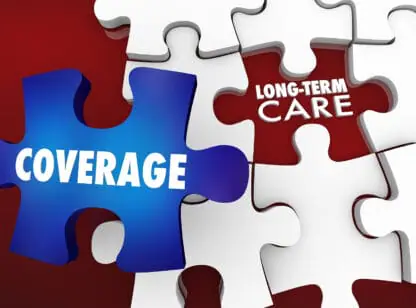The concept of the medical record has been around since the 1960s following the advent of the first electronic programmable computers in the 1940s and 50s: the Colossus, ENIAC, and UNIVAC. Larry Weed, MD, wrote a seminal paper on the topic of problem-oriented medical records in 1964, entitled Medical Records, Patient Care, and Medical Education and then authored Medical Records That Guide and Teach, which was published in The New England Journal of Medicine in 1968. In parallel, also during the 60s, significant health care law was being developed and Medicare was passed into law in 1965. Over the past five decades, ideas about the medical record and models of health care law have evolved considerably.
More recently, the 2009 Health Information Technology for Economic and Clinical Health (HITECH) Act and the 2010 Patient Protection and Affordable Care Act (PPACA) were passed. These laws mandated even greater oversight and prolific requirements to the management of health care records. Specifically, these laws have linked reimbursements for health care delivery to provisions requiring the electronic record keeping of health care events. Significant bonuses and penalties have been integrated into these laws to gain compliance, which have led to a whole host of unintended consequences. Two of the major consequences are having to purchase and work with costly and cumbersome electronic health care record software systems (EHRs). Most EHR systems do not operate seamlessly with other EHRs, though the law requires this. Therefore, creating software conduits where one EHR can communicate and exchange data with another EHR has become an entirely new industry. Creating these conduits is both time consuming and expensive, as it requires software specialists to write specific code and continually update this code to ensure proper function.
The newest health care law change is the 2015 Medicare Access & CHIP (Children’s Health Insurance Program) Reauthorization Act (MACRA), passed by more than 90% of Congress. As a result of this bipartisan act and previous health care laws, the cost of EHRs have skyrocketed, leading many independent physicians, physician groups, hospitals, and health care systems to invest tens of thousands to billions of dollars to achieve compliance. The expenses are passed on to the final consumer, who is of course, the patient.
This is the juicy part of this editorial prefaced by the introduction. Who owns the medical record? Is it the government, health care providers, or EHR vendors; or is it the patient? If a patient leaves a physician to go to another physician by choice or because they are moving, can they easily take their electronic health care records with them? If a physician leaves a hospital, health care system, or physician group, can the doctor take patient records to practice independently in the community? Who pays for the transfer of the medical record? Believe it or not, this has not been well worked out. Physicians in your community, at the county, state, and national level are working on this complex issue and many more. We encourage readers to get involved and make their voices heard. Who should own the medical record? You decide.
Dr. Hancock is a board certified neuroradiologist with Desert Medical Imaging and can be reached at (760) 694.9559. He is also a member of Desert Doctors. For more information visit www.DesertMedicalImaging.com or www.DesertDoctors.com.







































Comments (0)